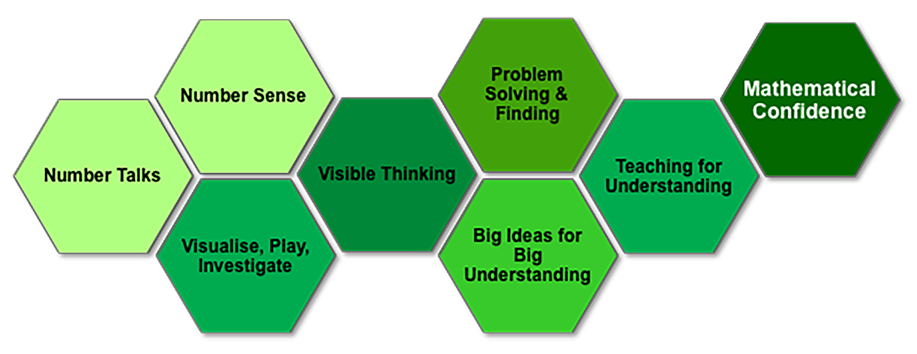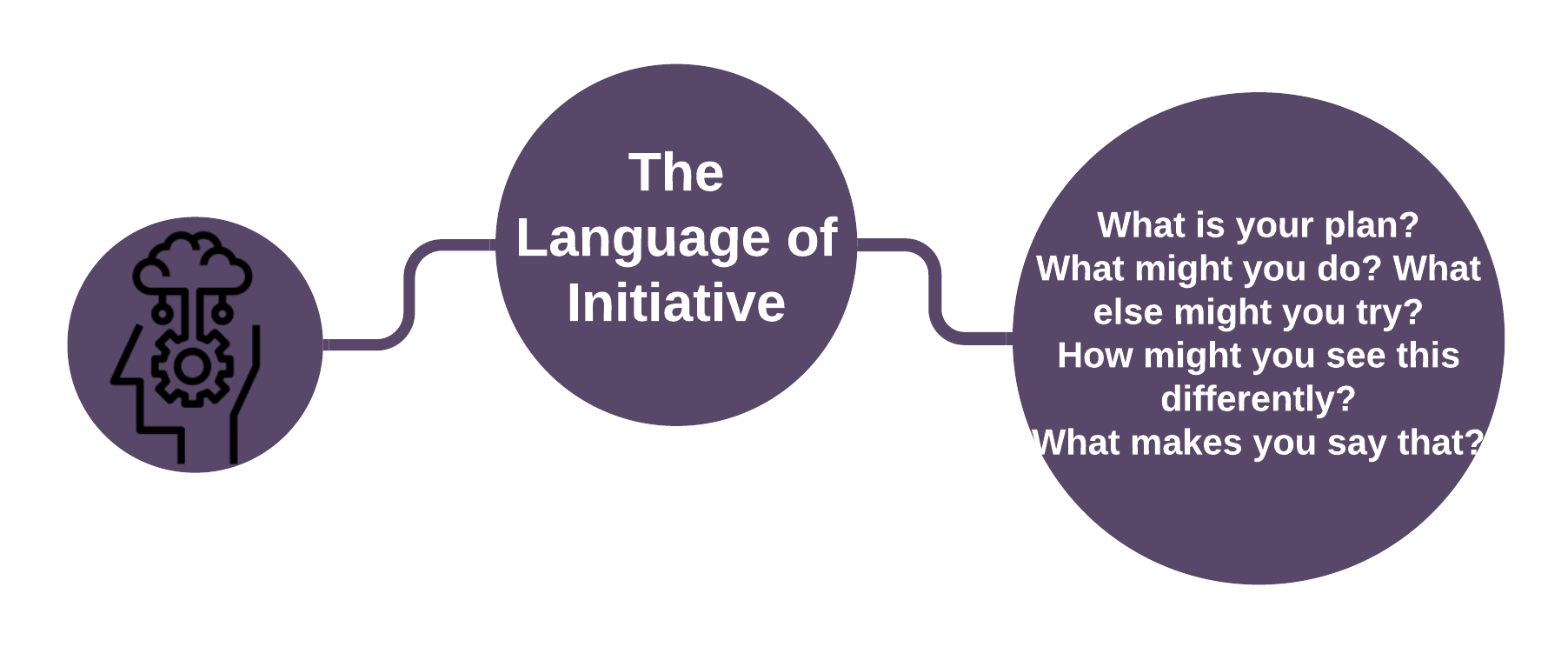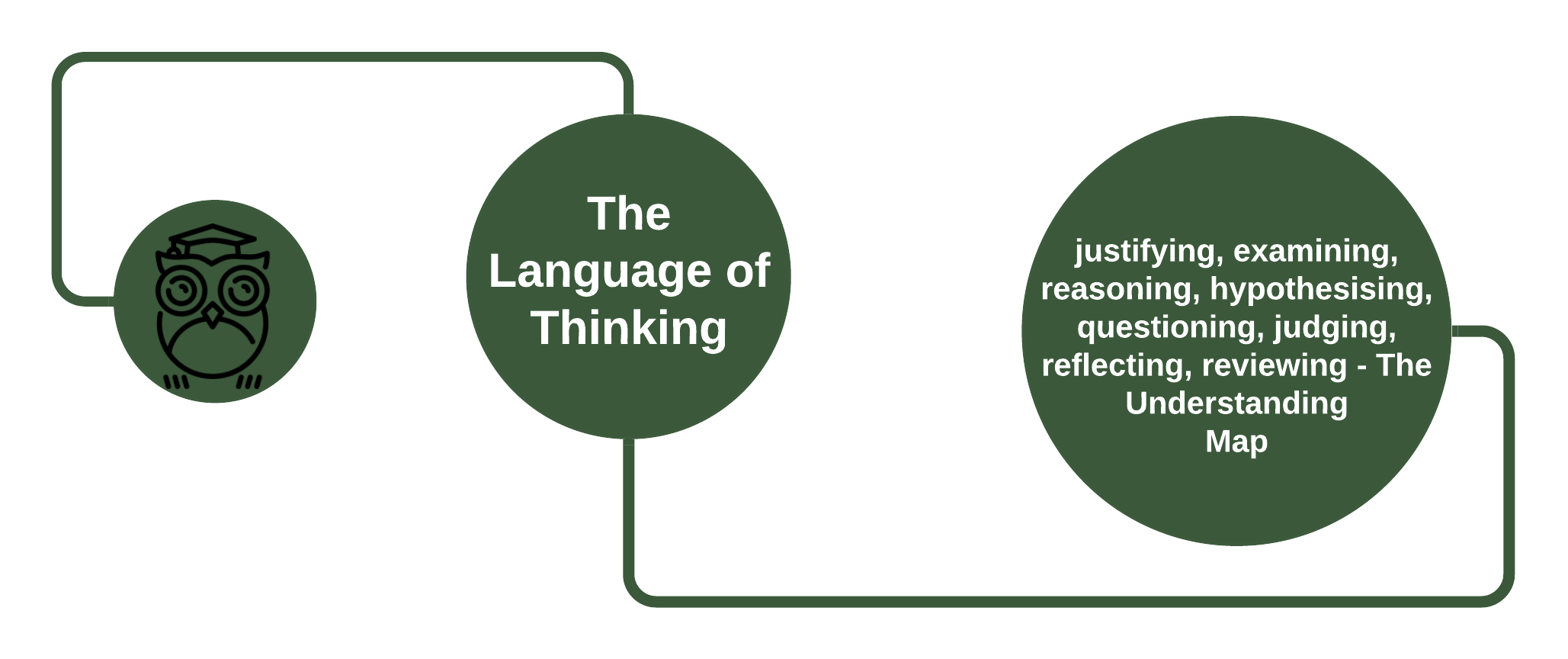First published in Connect Magazine - Online Here
I first met the concept of agency in the early 90s. At the time, I was a student of Sociology & Anthropology at Newcastle University and agency and I just clicked. I didn’t know at the time that agency would come to play an important role not only for my understanding of the interactions between individuals, groups and society at large but also in my life as an educator.
Agency as a concept within sociology carries the potential for a deeper understanding of how individuals or groups experience and respond to society. As a student of sociology, I was shown how agency could help us understand the behaviours of young people growing up in conditions of social exclusion. Punk culture was the perfect exemplar of this.
Emerging out of and parallel with the punk rock movement, Punk was a decadent, exuberant and to some, shocking subcultural rebellion against the polite status quo and the niceness of the hippie movement. The extravagance of the Punk movement made it hard to ignore. It was a youth culture that was most definitely in your face, and it was quickly labelled as troublesome and damaging. Through Punk’s embrace of bricolage and particularly re-appropriation of images of innocence, young people found a powerful, and often very loud, voice. The equally most celebrated and derided image of the punk era perhaps remains that of the Punk, clad in leather, hair dishevelled, and the ubiquitous nappy/safety pin as both adornment of clothing and body piercing. In this image, the Punk thumbs his/her nose at symbols of innocence and declares him/herself unsafe and unfit for polite society. In this image, we see the use of bricolage (an assortment of objects not typically associated with one another) and re-appropriation at work.
Agency helps us to understand Punk. It was a movement that emerged from times of oppression and denial of agency. For many young people, there was much to rebel against, and feelings of disenfranchisement from the existing countercultural movement of hippiedom, with its focus on love and peace, found a new mode of expression. The political and economic conditions which pushed this youth into bleak public housing estates with little hope or promise became the catalyst for a new subculture. Punk took feelings of hopelessness, disconnectedness and shame and turned all of this upside down. As society robbed these young people of agency, they took it back. The denial of agency became the catalyst for agency on steroids. With agency, the Punk reclaims their voice, their body and their place in the public imagination.
It was some years later that I used the word agency within education. It was in a meeting where the topic of student ownership of learning was being discussed. I had been experimenting with Personal Passion Projects on a small scale, and this was beginning to gain attention. My colleagues wanted to understand the benefits of this model, and in responding, I referenced agency. The response I received then became the theme over the next few years; I would talk about student agency, and people would inquire, “What do you mean by agency?” This only became more confusing for people if I was to mention agentic action.
But, overtime agency came to be a term used more frequently. At first, whenever a visiting colleague, academic or expert would mention agency, my colleagues would remark to the effect, “Oh, that’s Nigel’s thing”. Fortunately, this has changed, but I still smile when I hear the word used in a new context. `
“agency”, is the ability to make choices and direct activity based on one’s own resourcefulness and enterprise. This entails thinking about the world not as something that unfolds separate and apart from us but as a field of action that we can potentially direct and influence.” (Ritchhart, 2015 p.77)
Somewhere between then and now, agency became a buzzword. Today it is perfectly normal for educators to talk about the projects they and their schools are doing to support learner agency. Student voice is on the agenda and increasingly a part of our mission and vision statements.
The rationale for this continuing embrace of agency is multifaceted. For some, agency connects with beliefs about human rights. If we attend to the notion that children have rights, then we probably agree that they should have agency regarding their experience of school and learning. Others will focus on the role that self-determination plays in motivating us to learn. The agentic learner is more likely to be intrinsically motivated towards their learning and thus more likely to experience success. This line of thought is also associated with a valuing of life-long learning. When we recognise that learning will need to continue beyond our years of engagement with formal education, we also conclude that learning needs to become a capacity that we are able to engage with independently. The self-navigating life-long learner is also the agentic learner.
“If nothing else, children should leave school with a sense that if they act, and act strategically, they can accomplish their goals” Peter Johnston (2004) - Choice Words: How Our Language Affects Children’s Learning.
The expression of our desire for learner agency is complicated and revealing. Our underlying beliefs about the value of learner agency are reflected in how it is experienced in our schools.
If agency is a right, it is included most often in a peripheral manner, parallel to the main objectives of teaching and learning. Maybe, students are given a voice in parts of the decision-making process. Perhaps there is a Student Resource Council that addresses issues identified by the students; maybe they share ideas with the Principal.
In some instances agency becomes closely aligned with attributions of responsibility and specificallyto whom responsibility is assigned. The "grit" and "effort" movement has recruited agency to their purposes and it is in such instances viewed as a disposition that the individual has control over. “You can be your best” is the slogan that captures this feeling. Students are expected to be engaged and motivated, and those who demonstrate grit and determination are bound to succeed. But agency requires more than sustained personal effort, is not purely determined by individual factors and it is not is distributed equally.
Agency is a product of our personal dispositions and the contexts in which we function. In environments that act against our purposes, where circumstance conspires against our will, and where others act with their agency to limit our self-expression, our agency will be curtailed. If we do not address contextual issues that impact an individuals agency, we risk leaving them to fight an uphill battle while others benefit from a system that functions in their favour. Associating success with personal expressions of agency risks errant attributions of responsibility for success or failure.
Associating agency with self-determination theory leads us towards considerations of autonomy, purpose and mastery. Where I am able to align the goals of my learning with my purposes, where I am able to learn with degrees of autonomy or self-directedness and where I might have access to caring supports that allow me to achieve mastery of new capacities, I am more likely to engage. A school culture that aims to achieve such a setting might incorporate choice and allow my voice to be expressed. Partnerships in learning are more likely, and power relationships will be blurred.
Comparisons between people whose motivation is authentic (literally, self-authored or endorsed) and those who are merely externally controlled for an action typically reveal that the former, relative to the latter, have more interest, excitement, and confidence, which in turn is manifest both as enhanced performance, persistence, and creativity - (Ryan & Deci. 2000)
Schools that genuinely commit to agency will be targeting it at multiple levels. They will provide opportunities for student voice through structures such as student councils and student surveys and respond to the messaging they receive. They will incorporate agency along with student voice and choice in the learning environment and allow it to shape curriculum and pedagogy. They value the benefits that agency brings to the individual now and in their future and the positive impact it can have on the community.
“By giving students a voice you send the message that their ideas and thinking are relevant to the learning that takes place and they begin to naturally take agency over their learning if we hand them the baton.” (Jennifer LaTarte cited in Ritchhart and Church. 2020 p. 19)
Buzz words tend to lose their impact with time, and agency could be the next victim. Compare the example of agency evident in the Punk movement with how it is experienced in many schools, and you see signs of this phenomenon occurring. In Punk, we see agency as acts of defiance, of young people taking a strong stance to be heard. Punk was not convenient, was uncontrolled, uncontrived and radically transformative. Punks were not given agency nor handed the baton; they took it. In schools, the danger is that agency becomes a tool, not for the empowerment of students but a contemporary cage. When those in power and those privileged by the structures of society design systems to empower others, we risk creating conditions where the new systems act primarily to maintain existing norms. When we hand the baton to students in the name of agency, we must be prepared to surrender some of our power. Agency cannot be lent.
As a concept and a cultural force, agency exists within our school whether we choose to attend to it or not, and either way, our actions or inaction will have an impact. Each member of our community experiences varying and changing degrees of agency. As agentic actors, we make choices and enact behaviours in response to our needs, wants and interpretations of our reality. Within communities, our individual agency interacts with that of others, and these interactions play a significant role in shaping our community. Understanding this and striving to make visible the rationale and impact of the behaviours we experience allows us to respond deliberately.
Expanding our conception of agency in our learning environments might be the next step in its evolution from seldom referenced concept to transformative force. As we confront complex social issues connected inexorably to power relationships, we need to see agency as more than granting students a voice. When we recognise that agency is a measure of the degree to which an individual is able to enact their will and achieve their goals within the contexts that they function, we see it also as a measure of equity and access to social justice. We cannot be blind to agency and claim to be concerned about equality.
by Nigel Coutts
Ritchhart, R. (2015) Creating cultures of thinking: The eight forces we must truly master to transform our schools”, San Francisco, Josey-Bass.
Ritchhart, Ron, Church, Mark. (2020) The Power of Making Thinking Visible: Practices to engage and empower all learners. New Jersey; Josey Bass
Ryan, R., & Deci, E. (2000). Self-determination theory and the facilitation of intrinsic motivation, social development, and well-being. American Psychologist, 55(1), 68-78.























